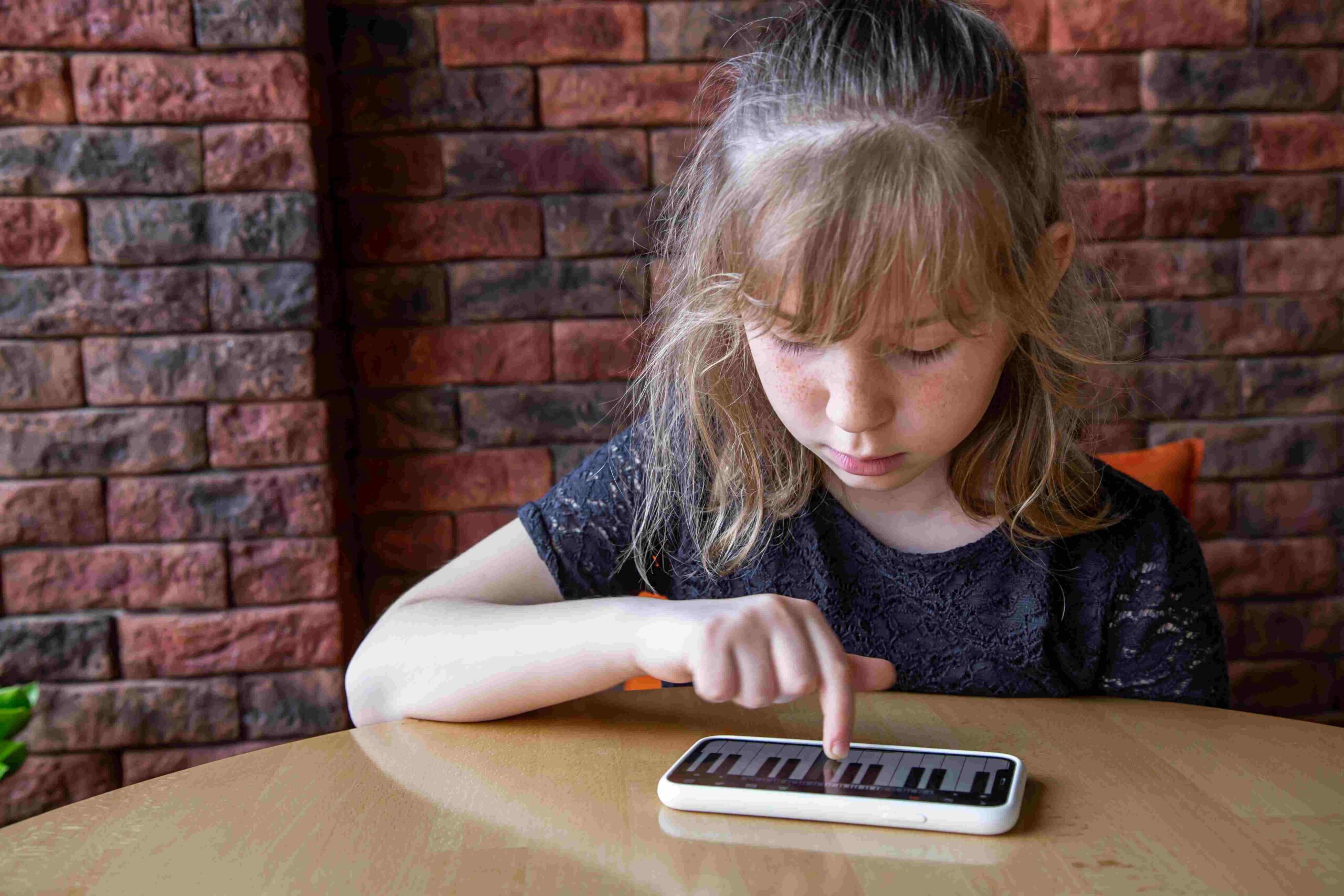Most kids avoid doing things they don’t like from time to time—whether it’s brushing their teeth, doing homework, or tidying their room. However, some children exhibit an extreme form of avoidance that goes well beyond typical resistance. This behavioral pattern is known as Pathological Demand Avoidance (PDA).
PDA is characterized by an intense need to resist everyday demands and expectations. It’s not just stubbornness or willful defiance—this behavior stems from deep anxiety and an overwhelming need for control.
While PDA is most commonly seen in children with autism spectrum disorder (ASD), it’s important to note that PDA is not considered a formal diagnosis or a specific subtype of autism. Instead, it’s a profile of behavior that can appear in neurodiverse and even neurotypical children.
PDA in the Context of Autism
Children with autism often struggle with rigid thinking patterns, anxiety, and difficulty interpreting social cues. These challenges can heighten their sensitivity to perceived demands.
In a classroom setting, for instance, a teacher might say, “Please start your math worksheet.” For most kids, this is a routine request. But for a child with PDA, this simple instruction may trigger panic, avoidance, or even a meltdown. It may feel intrusive, confusing, or overwhelming—especially if the child doesn’t understand why the demand is being made or sees no flexibility in the situation.
Why the Term “Pathological”?
The word “pathological” might sound harsh, but in this context, it simply means that the avoidance is extreme enough to interfere with the child’s everyday life. This could show up as:
- Constantly avoiding schoolwork
- Refusing to follow instructions at home
- Meltdowns when asked to do basic tasks
- Using distraction, excuses, or withdrawal to escape demands
For parents and teachers, this can be especially confusing—because often, the child can do the task. The issue isn’t ability; it’s anxiety-driven resistance to demands, even if they are simple or routine.
Common Signs of PDA in Kids
Recognizing PDA can be tricky because the behaviors might be misinterpreted as defiance or laziness. Here are some common signs of PDA in children:
- Frequent refusals to comply with requests, even small ones
- Sudden mood changes occur when a demand is placed
- Meltdowns or panic attacks triggered by simple instructions
- Highly imaginative play (sometimes used as a form of escape)
- Social strategies to avoid tasks (negotiation, excuses, distraction)
- Controlling behavior toward peers or adults
- Avoidance that escalates when routines or structures change
These behaviors aren’t deliberate attempts to be “bad.” They’re coping mechanisms rooted in anxiety and a lack of control.
How PDA Affects Daily Life
At Home
Parents of kids with PDA often find themselves walking on eggshells. Even basic routines like brushing teeth, eating dinner, or getting dressed can become battlegrounds. To keep the peace, parents might end up doing things for the child, just to avoid the struggle.
This can create a dynamic where the child becomes increasingly reliant on avoidance, and the parent becomes increasingly frustrated and exhausted.
At School
In the classroom, PDA can be especially challenging. Kids with PDA may:
- Refuse to do classwork—even if it’s well within their ability
- Become overwhelmed by structured routines
- Avoid participation through humor, distraction, or silence
- Lash out or shut down in response to pressure
Teachers may struggle to assess what the child knows, because avoidance gets in the way of performance. This can also lead to mislabeling the child as disruptive, oppositional, or unmotivated.
PDA vs. Typical Defiance: What’s the Difference?
It’s natural for kids to resist demands sometimes. So, how do you tell the difference between PDA and typical childhood defiance?
| Trait | PDA | Typical Defiance |
|---|---|---|
| Root Cause | Anxiety and need for control | Testing limits, asserting independence |
| Behavior Consistency | Ongoing, across settings and demands | Situational or linked to moods |
| Emotional Response | Panic, meltdowns, withdrawal | Anger, negotiation, mild tantrums |
| Awareness of Consequences | Often doesn’t stop behavior despite consequences | May stop when consequences arise |
What Causes PDA?
While the exact causes of PDA aren’t fully understood, several factors may contribute, especially in children with autism:
- Neurological differences that affect how demands are processed
- Inflexibility in thinking and behavior
- Heightened sensitivity to uncertainty or unpredictability
- Difficulty interpreting social norms and expectations
In some cases, trauma or anxiety disorders may also play a role in shaping PDA-like behaviors in children without autism.
Supporting Kids with PDA: What Works?
Supporting a child with PDA requires a different approach than traditional discipline or behavior management. Instead of focusing on compliance, it’s about understanding the child’s emotional state and finding creative ways to reduce pressure.
1. Lower the Demand Without Removing It
Instead of saying “Do your homework now,” try:
“Would you like to start with math or reading?”
Giving choices reduces the feeling of being trapped.
2. Collaborate, Don’t Command
Use collaborative language like:
“Let’s figure this out together.”
Rather than issuing direct orders.
3. Use Humor and Playfulness
Kids with PDA often respond well to silliness and imagination. Turning a task into a game or story can help sidestep their resistance.
4. Avoid Power Struggles
Don’t engage in a tug-of-war. If resistance ramps up, back off and revisit later in a calm moment.
5. Pre-Warn and Prepare
Give advance notice of transitions or upcoming demands. Visual schedules can be helpful.
6. Build Trust and Emotional Safety
Relationship is key. Kids with PDA need to know they are safe, heard, and not being forced.
7. Celebrate Small Wins
Reinforce positive behavior with praise, encouragement, or a simple reward system.
The Role of Professional Support
A multidisciplinary approach often works best when supporting kids with PDA. This might include:
- Occupational therapists (for sensory and routine challenges)
- Behavioral therapists trained in autism and anxiety
- Speech-language therapists (especially for communication-based avoidance)
- Counselors or psychologists to address underlying anxiety
- Special education support at school
Each child’s plan should be tailored to their unique needs, strengths, and triggers.
Final Thoughts
PDA in children is not a parenting failure, nor is it a reflection of the child being “spoiled” or “difficult.” It’s a neurologically rooted response to stress and perceived threat, often misunderstood by caregivers and educators alike.
The most important takeaway? Connection, not control.
Supporting a child with PDA means building trust, lowering pressure, and helping them feel safe and capable. When kids are less anxious, they’re more open to engaging in the world around them—and that’s when real progress begins.
FAQs
Q1: Is PDA a formal diagnosis?
Ans: No, PDA is not currently recognized as a standalone diagnosis in the DSM-5. It is considered a behavior profile, especially within autism.
Q2: Can kids outgrow PDA?
Ans: Some children may learn better coping skills over time, especially with support. However, PDA tendencies may persist into adulthood without intervention.
Q3: Does PDA only happen in children with autism?
Ans: While PDA is more common in autistic individuals, it can also be present in non-autistic children, particularly those with anxiety or trauma histories.
Sahil Sachdeva is the Founder of curemedoc.com and a Digital Marketing professional with years of experience. If you need help in Content writing and want to increase your website ranking, connect with him, as he has some premium websites where you can share blogs with DoFollow links and increase your website’s ranking on Google.





